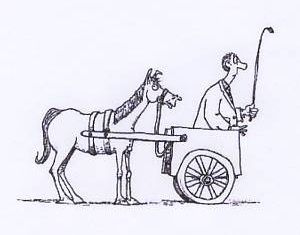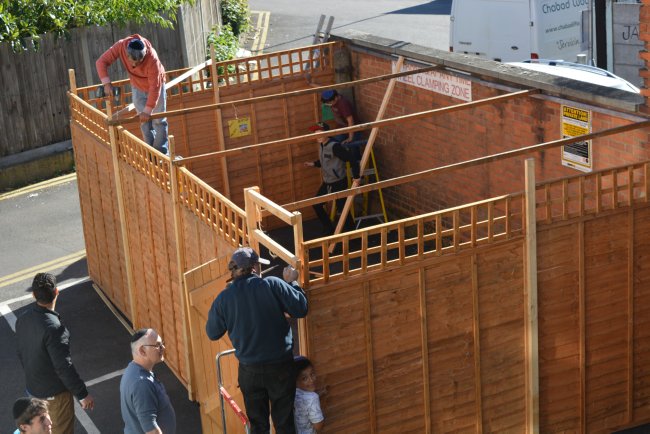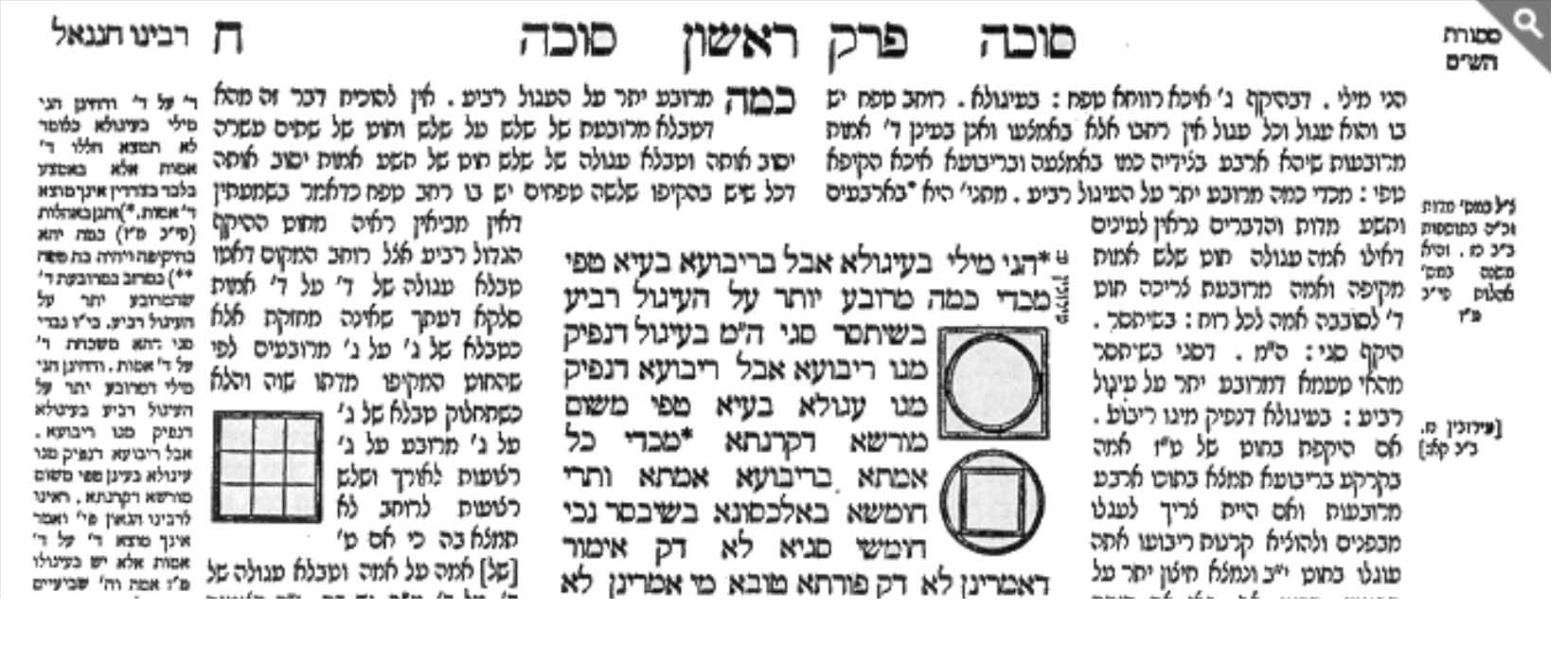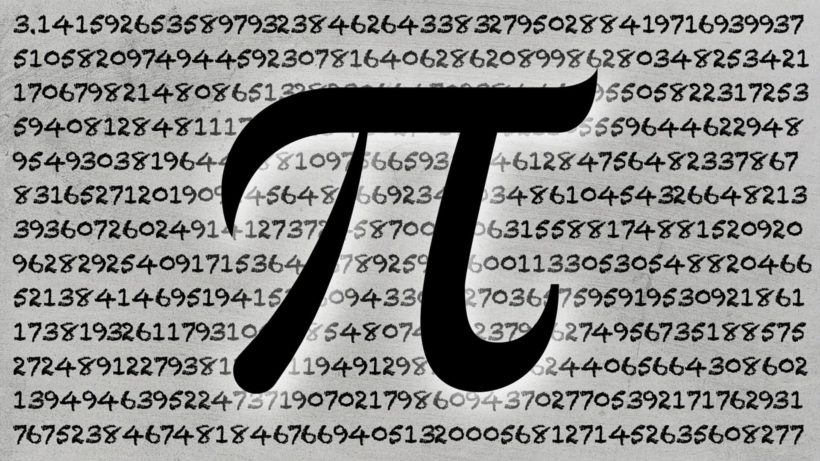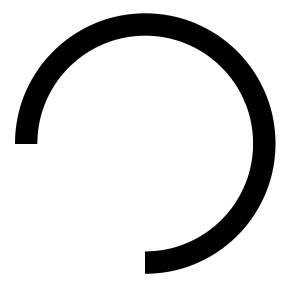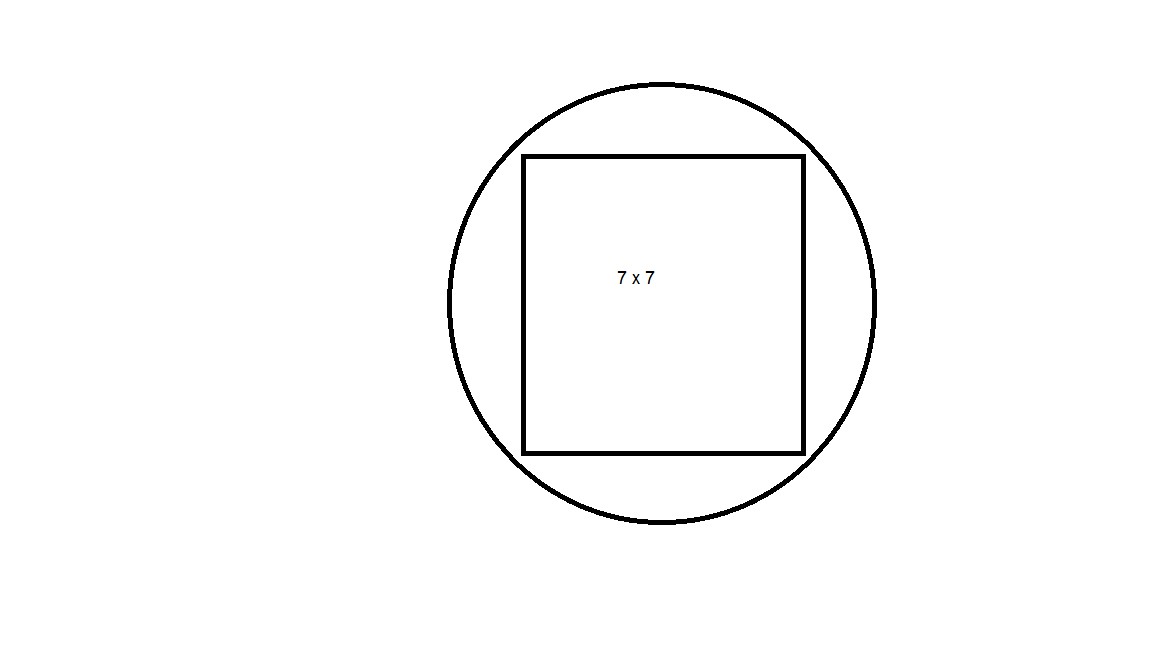BS”D
Sukkah 9a-b
Elul 5, 5780. August 25, 2020
1 The issue of a stolen Sukkah.
We discussed the possible scenarios:
A- Moving into someone’s Suka. Issue- that’s not defined as stealing since ‘land’ cannot be stolen. קרקע אינה נגזלת.

B- Stealing the סכך. Issue- That’s גזילה Min HaTorah, but the חכמים enacted that one does not need to return the actual סכך but only to pay for the monetary value of the theft. This was to enable תשובה for someone who stole a beam and built it into his house. Requiring him to destroy his home would hinder his תשובה. (Suka 31a, Gittin 55a)
ועל המריש הגזול שבנאו: תנו רבנן גזל מריש ובנאו בבירה ב”ש אומרים מקעקע כל הבירה כולה ומחזיר מריש לבעליו
וב”ה אומרים אין לו אלא דמי מריש בלבד משום תקנת השבין
C- Stealing a Sukkah that is on a wagon. He would be required to return it since it does not ruin his house. Such a scenario would indeed be considered a סוכה גזולה.
3
D- Someone builds a Sukkah on property that is not his. The owner comes along and ousts him. He then uses this Sukkah. This would also be considered a סוכה גזולה.

2- A סוכה גזולה is not Kosher as our Gemara derives it from the פסוק.
חג הסוכות תעשה לך
Now comes the question of the ראשונים as to why is there a need for a פסוק since it would be invalid regardless, due to the rule of מצוה הבאה בעבירה.
This question is one of the famous ‘Gemara Trivia Questions’ for which a multitude of answers are offered.
3- We mentioned the Minchas Chinuch (325) answer:
ונ”ל דהנה שני מינים יש במצות עשה א’ שהוא חיוב אקרקפתא דכל איש מישראל כמו תפילין ואתרוג ואכילת מצה.
. ומצוה כזו אם מקיים אותה עושה רצון הבורא ית’ ויתעלה כי כן צוה לו המלך ב”ה ואם מבטל המצוה ואינו מניח תפילין או שלא נטל לולב ביטל המצוה ועשה נגד רצונו ית’ וענוש יענש.
ויש מצות שאין חיוב לעשותם, כגון ציצית דהתורה לא חייבה אותו ללבוש בגד של ד’ כנפות, ואם רוצה הולך בלא בגד של ד’ כנפות ואינו נגד רצון הבורא ב”ה. אך אם מביא עצמו לידי חיוב שבכיון לובש ד’ כנפות לקיים מצות ציצית זה דרך הטוב וישר הכלל אם מקיים מצוה זו עושה רצון הבורא ב”ה אבל אם אינו מקיים מצוה אינו עובר על רצונו רק דאינו מקיים המצוה.
Mitzvos can be classified into two types:
A – Obligatory Mitzvos. Such as eating Matzah or hearing Shofar.
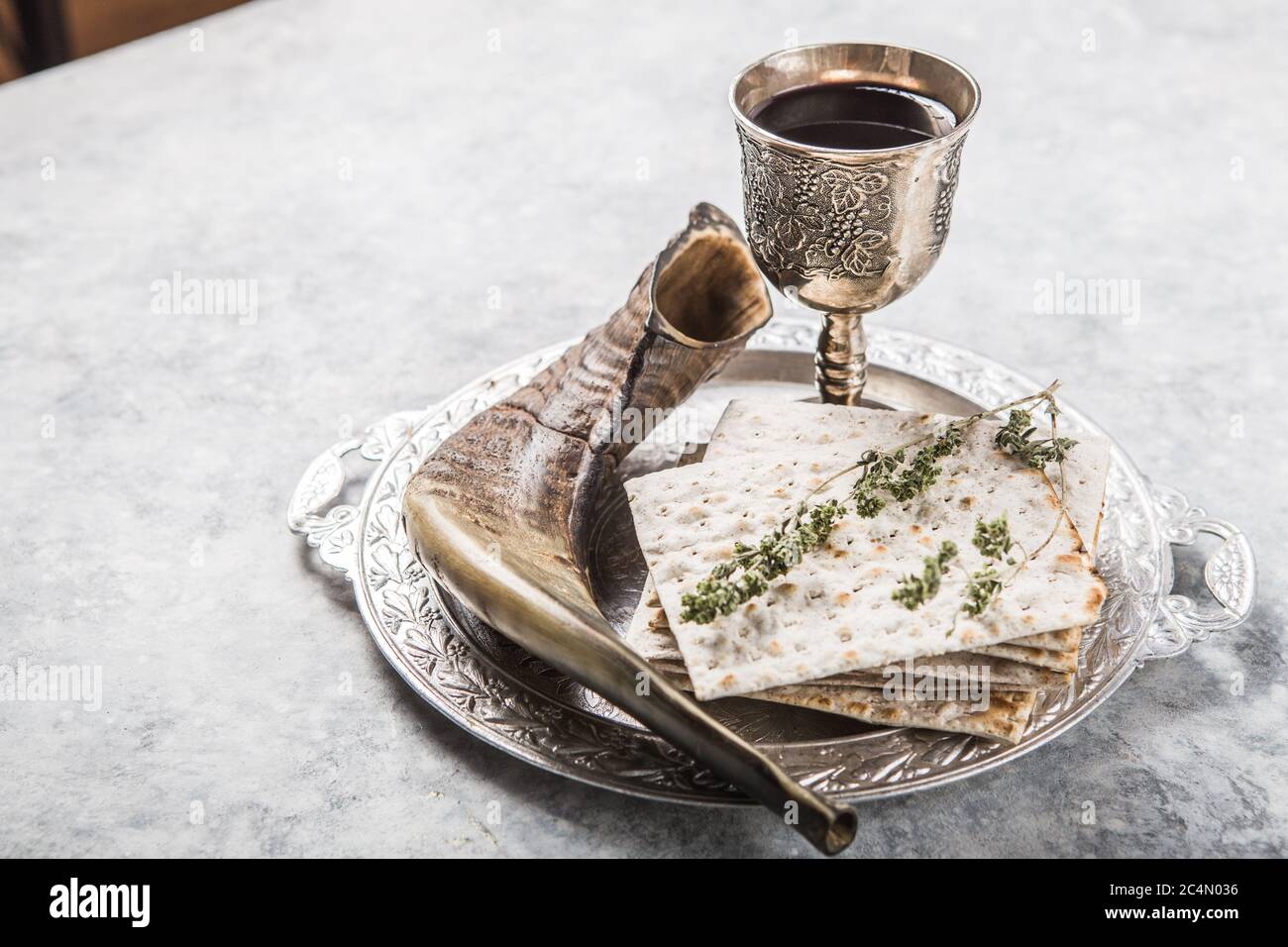
B – Non obligatory ones. Meaning that there is no requirement to perform the act of the Mitzvah.

Such as wearing a four cornered garment with Tzitzit. The Mitzvah only kicks in if one wears a four cornered בגד he must then tie Tzitzit on all four corners. Another example is מעקה.
Sitting in a Sukkah, has both types above. How?
On the first night of Yom Tov one must sit and eat in the Sukkah. Type A above.
Other than the first night of Yom Tov, one is not obligated to sit in a Sukkah. It is only if one wants to eat he then must do so while inside a Sukkah. Type B above.
So, posits the Minchas Chinuch, on the first night, if one were to use a stolen Sukkah, since it is an obligatory Mitzvah, meaning that he is commanded to do so, being that he is using a stolen Sukkha, contrary to the will of Hashem, it’s as if he is not sitting in a Sukkah.
Conversely, during the rest of the Yom Tov, since there is no commandment to sit in a Sukkah, one who is sitting in a stolen Sukkah only because he wants to eat, so while we say that he didn’t perform a Mitzvah (since it’s stolen) we cannot say that he ate outside a Sukkah!
אבל במצות שאינם חיובית כגון ציצית וסוכה בשאר ימי החג אם הם באים בעבירה אמת דלא קיים רצון הבורא ב”ה כי אין זה רצונו ית’ אבל מכל מקום לא ביטל המצוה רק דלא קיים וה”ל כמי שאינו לובש בגד כלל או לא אכל כלל
In other words: When the Torah wants one to do something and he does it with a stolen object it is contrary to the idea of the Mitzvah and he basically did nothing.
On the other hand, if there is no commandment to do it, then doing it with a stolen object is considered ‘doing it’ but incorrectly.
So it follows, on the days when sitting in a Sukkah is not obligatory, the Mitzvah is the שלילה of not eating outside the Sukkah. So even if he eats in a stolen Sukkah, being his action is not directly contrary to the will of Hashem, he does not do the Mitzvah but neither is he eating outside the Sukkah!
כי באמת הוא לובש ציצית ואוכל בסוכה אך שאינו לרצון לפניו ית’ ה”ל כאילו לא קיים המצוה אבל לא נוכל לדון אותו כאלו ביטל המצוה כיון דמ”מ עושה המצוה – עיין ותבין
So, concludes the Minchas Chinuch, if not for the פסוק, using a stolen Sukkah on Yom Tov, other than the first night, we would think that he (didn’t perform a the Mitzvah, he) nevertheless didn’t eat outside a Sukkah.
We also mentioned the example of the לקח טוב based on the מנחת חינוך.

4- We went on to the Mishna of 9b, concerning a Sukkah that is under a tree.
There is much to discuss here and we will bl”n continue.
We concentrated on Rashi’s opinion on the following scenario:
One builds a Suka that is 10’ x 10’. By covering 51% of such a Sukkah with סכך it is Kosher. צלתא מרובה מחמתה.
He then covers only 40% of the Sukkah with leaves.
He then adds 20% of ivy that is still attached to the ground. סכך פסול.

He mixes the two leaf types and they are not discernible/distinguishable.
So now, using this combination, the Sukkah is covered 60%. צלתא מרובה מחמתה.
According to Rashi, such a Sukkah is Kosher.
In other words the non Kosher סכך, being that its ratio to the Kosher סכך is 20% vs 40%, we apply the rule of ביטול ברוב.
One is even allowed to do this לכתחילה (because there is no Issur here)!
בהגה”ה
ולפיכך מותר לערב ולבטל סכך פסול בכשר לכתחילה, משא”כ בשאר איסורין שאין מבטלין איסור לכתחילה, לפי שאין שם איסור כלל על המיעוט הפסול המעורב בכשר.
See here Alter Rebbe’s SO. OC 626, 9.



